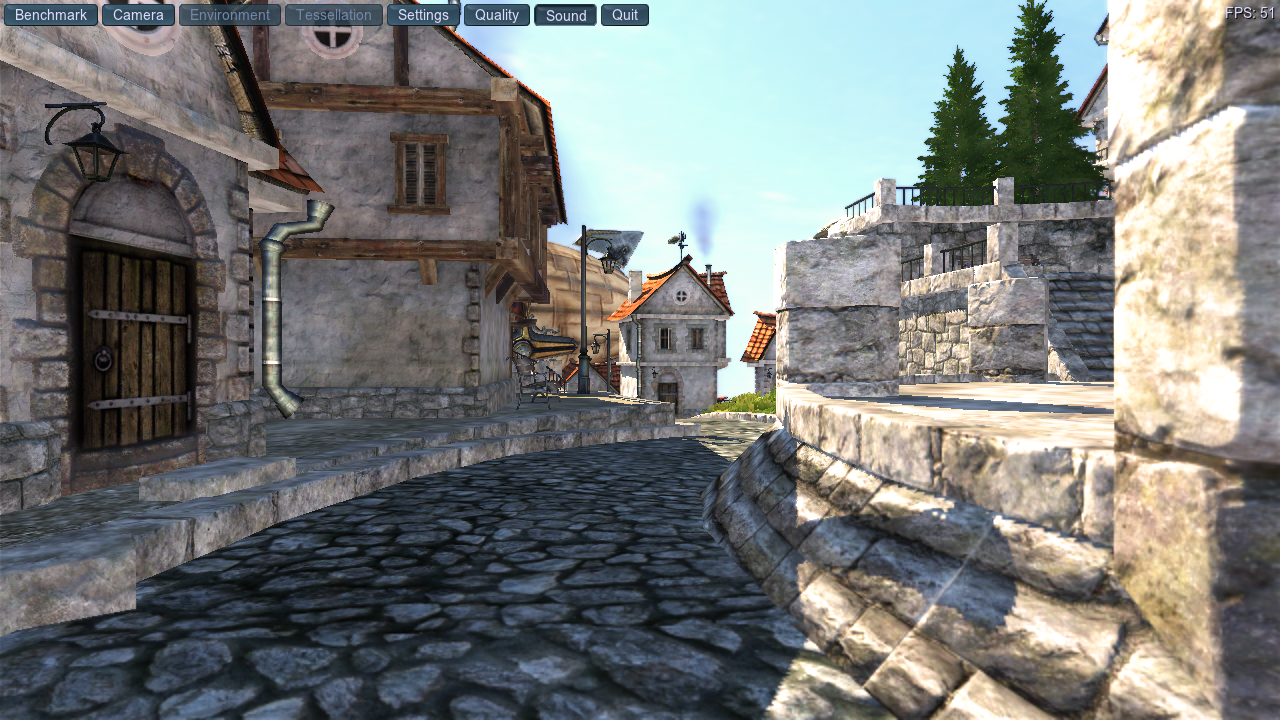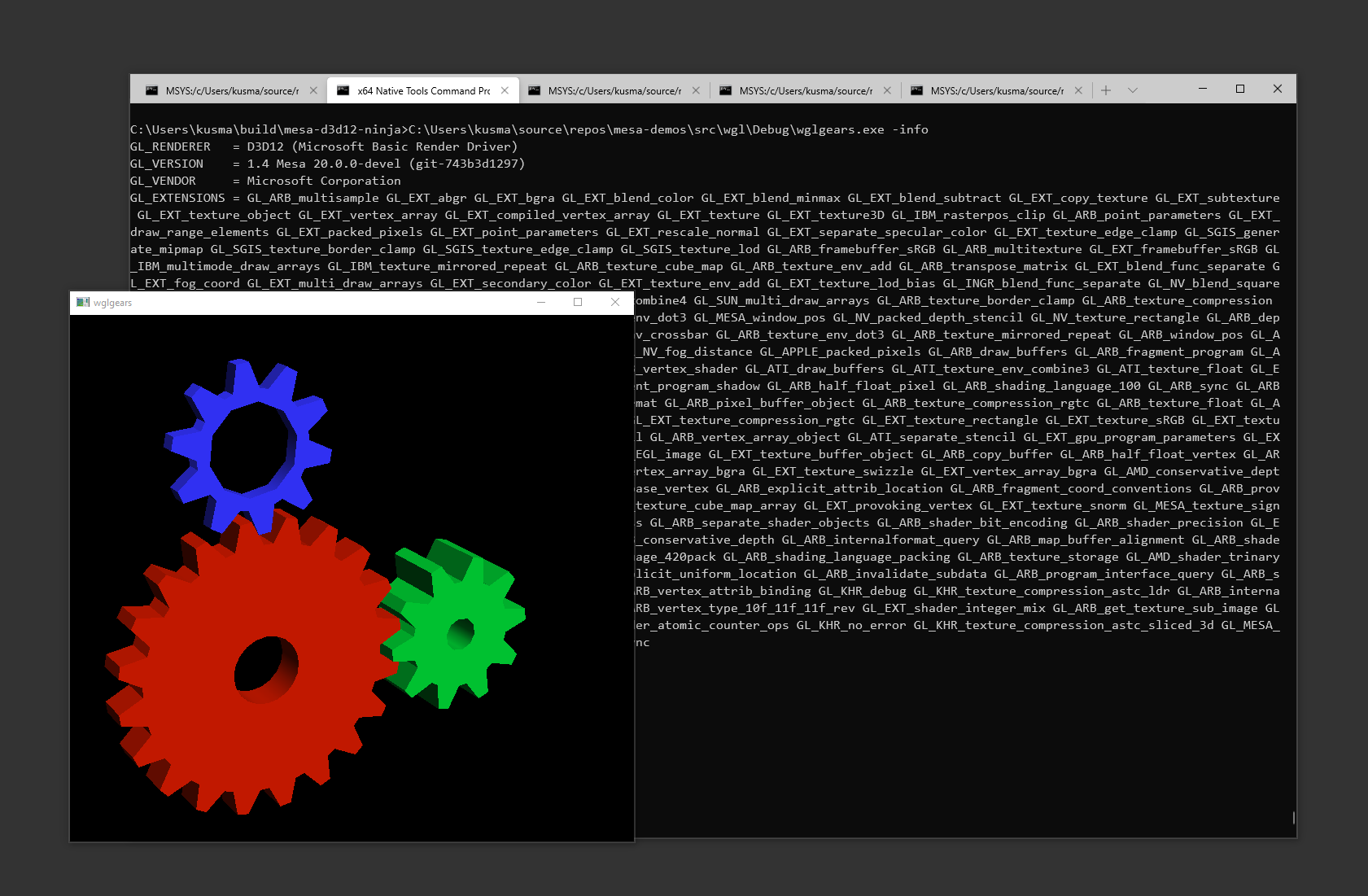-
chevron_right
Mali Midgard and Bifrost GPUs to get OpenGL 3.1 with Mesa 20.1 - first RC up
Liam Dawe · news.movim.eu / GamingOnLinux · Thursday, 14 January, 2021 - 11:14 · 1 minute
With the first Mesa release of 2021 for open source Linux GPU drivers upcoming with Mesa 20.1 hitting the Release Candidate stage, Collabora have been busy bringing up OpenGL on ARM Mali GPUs.
This is coming with the Panfrost driver, which Collabora has been working on for some time now. While not officially conformant yet as it seems they haven't gone through the conformance testing from The Khorons Group, they announced in a fresh blog post that both the Midgard and Bifrost GPU generation will see "non-conformant OpenGL ES 3.0 on Bifrost and desktop OpenGL 3.1 on Midgard (Mali T760 and newer) and Bifrost".
Great news for open source drivers, as having expanded proper native OpenGL support means more devices with these Mali GPUs will be able to run increasingly advanced games and applications out of the box with Mesa drivers and a modern Linux distribution.
You'll find these GPUs in various chips from the likes of AmLogic, Rockchip, Exynos, Allwinner and more.
See the full blog post here .
Going by the current roadmap for Mesa, we're expecting to see the final release of Mesa 20.1 with all the latest in open source graphics drivers for Linux in early February.

